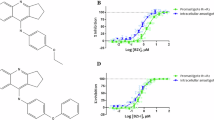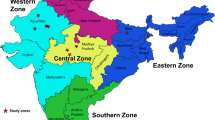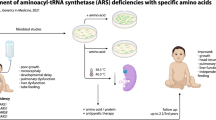Abstract
WHILE making a systematic investigation into the role of individual amino-acids on the nutritional requirements of Leishmania donovani, a protozoal parasite causing the disease kala-azar, strong transaminase activities were detected in the cell-free extracts of this organism. L. donovani, strain 81, cultured on Ray's medium1 at 22–24° C. was used for this investigation. After growth for three days on this medium the organism was scraped from the surface of the agar, washed once with isotonic saline, and then ground with sand, with gradual additions of distilled water. The crushed suspension was centrifuged at 2,500 r.p.m. for 10 min. and the supernate was used as the crude enzyme extract.
This is a preview of subscription content, access via your institution
Access options
Subscribe to this journal
Receive 51 print issues and online access
$199.00 per year
only $3.90 per issue
Buy this article
- Purchase on SpringerLink
- Instant access to full article PDF
Prices may be subject to local taxes which are calculated during checkout
Similar content being viewed by others
References
Ray, J. C., Ind. J. Med. Sci., 20, No. 2, 355 (1932).
Meister, A., Science, 120, 43 (1954).
Gunsalus, C. F., and Tonzetich, J., Nature, 170, 162 (1952).
Author information
Authors and Affiliations
Rights and permissions
About this article
Cite this article
CHATTERJEE, A., GHOSH, J. Transaminases of Leishmania donovani, the Causative Organism of Kala-azar. Nature 180, 1425 (1957). https://doi.org/10.1038/1801425a0
Issue date:
DOI: https://doi.org/10.1038/1801425a0
This article is cited by
-
Carbon Dioxide Assimilation by Leishmania donovani
Nature (1960)



